Boutonneuse fever
Ricarda Schwarz studied medicine in Würzburg, where she also completed her doctorate. After a wide range of tasks in practical medical training (PJ) in Flensburg, Hamburg and New Zealand, she is now working in neuroradiology and radiology at the Tübingen University Hospital.
More about the experts All content is checked by medical journalists.Boutonneuse fever (Mediterranean tick bite fever) is an infectious bacterial disease that is transmitted by ticks. It occurs mainly in the Mediterranean region when there is close contact with infected rodents or dogs. Typical symptoms are a high fever and a rash. After antibiotic therapy, boutonneuse fever usually heals without consequences. Here you can read everything you need to know about boutonneuse fever.
ICD codes for this disease: ICD codes are internationally recognized codes for medical diagnoses. They can be found, for example, in doctor's letters or on certificates of incapacity for work. A77

Boutonneuse fever: description
Boutonneuse fever is also known as Mediterranean fever because it is common throughout the Mediterranean. It is an infectious disease caused by the bacterium Rickettsia conorii. Diseases caused by these or other rickettsiae are also referred to as rickettsiosis after their discoverer, Howard Tayler Ricket. The bacteria are all spread by ticks, fleas, mites or lice.
Boutonneuse fever is transmitted by ticks and is one of the most common tick bite fevers in southern Europe. In Portugal, for example, 10 out of 100,000 people develop boutonneuse fever each year. It is not uncommon for holidaymakers from Central Europe to be attacked. Individual cases have also been recorded in Africa and the Black Sea.
The term “boutonneuse” comes from French and can be translated as “pimply” or “button-like”. It describes the blotchy skin appearances caused by boutonneuse fever.
Boutonneuse fever: symptoms
The causative agent of Boutonneuse fever is transmitted through tick bites.After two to seven days, a lentil-sized skin lesion forms around the puncture site in every second person affected. This primary lesion can break open in the middle and then be covered with brownish-black scabs. The lymph nodes near the puncture site are often inflamed and enlarged and palpable (lymphadenitis).
At the same time, those affected develop the eponymous boutonneuse fever: the body temperature rises to over 39 degrees Celsius for about one to two weeks.
On the third to fifth day of the illness, a large-spotted rash (maculopapular rash) forms. Together with the fever, it disappears again without leaving any scales, scars or other traces.
The typical symptoms of boutonneuse fever are often accompanied by headache, joint pain, and muscle pain.
Boutonneuse fever: complications
The infection with the boutonneuse fever activates the body's immune system. The body's own inflammatory substances (cytokines) can be increased in the blood and affect the coagulation system. For example, some people with boutonneuse fever develop blood clots that clog blood vessels and can cause deep vein thrombosis, for example.
Complications are more common in the elderly, alcoholic patients and people with diabetes mellitus. They have been observed to have inflammation of the brain (encephalitis) and meningitis (meningitis) with coma and convulsions in connection with boutonneuse fever. In addition, the blood vessels of the internal organs sometimes become inflamed (vasculitis). Whenever an important organ is poorly supplied with blood, its function is at risk. This can eventually go so far that the boutonneuse fever is fatal.
Boutonneuse fever: causes and risk factors
Boutonneuse fever is caused by the bacteria Rickettsia conorii. This bacterium lives as a parasite mainly in ticks, which in turn live in the fur of rodents or dogs. In the Mediterranean region, up to 70 percent of dogs are infected with ticks. About every tenth tick carries rickettsiae. If the dogs are brought to Germany, the rickettsiae will also come to our country. The ticks can be transmitted from dogs to humans. Fortunately, this rarely happens, as ticks prefer to attack dogs. But they can survive in apartments for years and repeatedly cause boutonneuse fever in people.
Boutonneuse fever: examinations and diagnosis
The right person to contact with Boutonneuse fever is a specialist in internal medicine with an additional qualification in infectious diseases. A tropical medicine specialist is also familiar with this clinical picture. In the case of the typical symptoms of fever and rash, those affected first consult their family doctor. He, too, can initiate the necessary investigations. First, he might ask you the following questions.
- Have you recently been outside of Germany, particularly in the Mediterranean areas?
- Have you had close contact with rodents or dogs from these regions?
- Are you aware of tick infestations from pets in your area?
- Have you noticed a puncture site or a conspicuous area on the skin?
- Do other people in your area have similar symptoms?
- Do you have fever? If so, how long has it existed and how much is it?
- Have you noticed any other symptoms?
Then the doctor will take your body temperature and examine all of your skin. He scans the lymph node regions. If a boutenneuse fever is suspected, the doctor will take a tissue sample from an abnormal area of skin and have it examined in the laboratory.
A blood test is also possible. However, it can only reveal the group of pathogens and not the exact type of bacteria and is therefore considered to be imprecise. However, a blood test can be used to rule out other diseases with similar symptoms.
Boutonneuse fever: treatment
Boutonneuse fever is treated with the antibiotic doxycycline. Affected people have to take one tablet twice a day for two to seven days.
Pregnant women and children under eight years of age can develop dangerous side effects while taking doxycycline. You should therefore be treated with another antibiotic (azithromycin).
Boutonneuse fever: prophylaxis
In order to avoid a boutonneuse fever in the first place, you should take certain measures to protect yourself from infected ticks. Particularly when there is close contact with possibly infected rodents and dogs in Mediterranean areas, around the Black Sea, in Siberia, India, Central and South Africa, precautionary measures should be taken:
Wear closed-toe shoes with a high shaft and long trousers that you tuck into your stockings. This means that ticks have no way of reaching a free area of skin on their feet or legs. Transmission through clothing is not possible. Anti-tick sprays - sprayed on clothing or wrists - keep ticks away. It is particularly important to carefully search your entire body for the insects after a trip to a tick area. Light-colored clothing makes it easier to find the ticks.
Dogs should always wear a tick collar.
Boutonneuse fever: disease course and prognosis
In most cases, boutonneuse fever is mild. All symptoms of the disease subside within about two weeks and do not leave any consequences. Complications are extremely rare, especially if the disease is diagnosed in good time and treated with an antibiotic. These are most likely to develop in the elderly, alcoholics, and diabetics. Your internal organs such as the brain can also be more easily affected. Boutonneuse fever is fatal in one to five percent of cases.
Tags: drugs magazine symptoms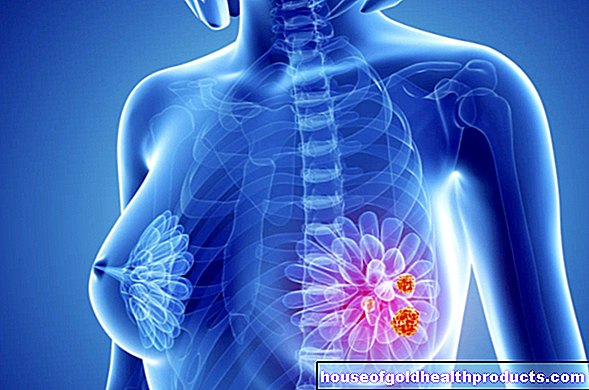




.jpg)


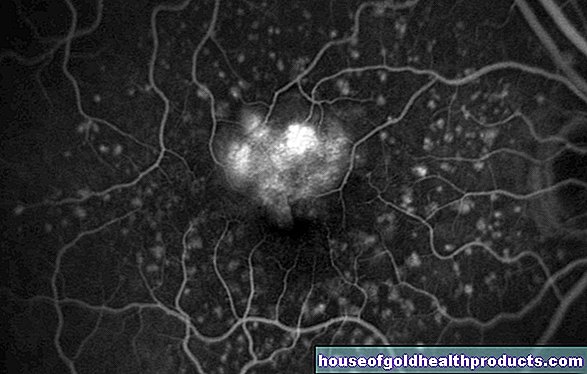


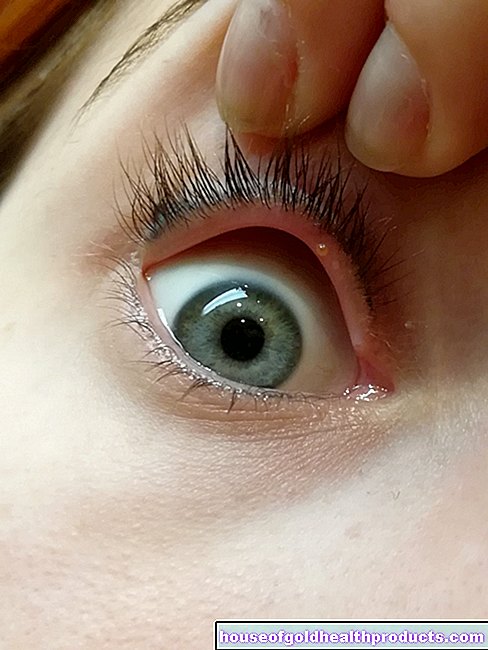
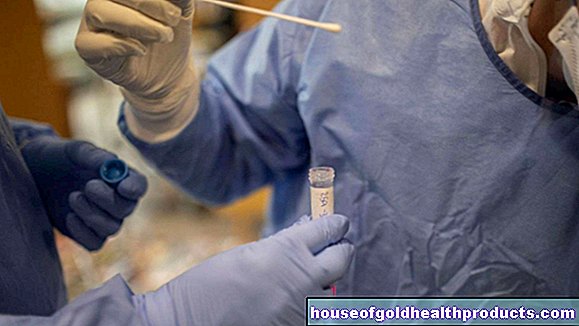
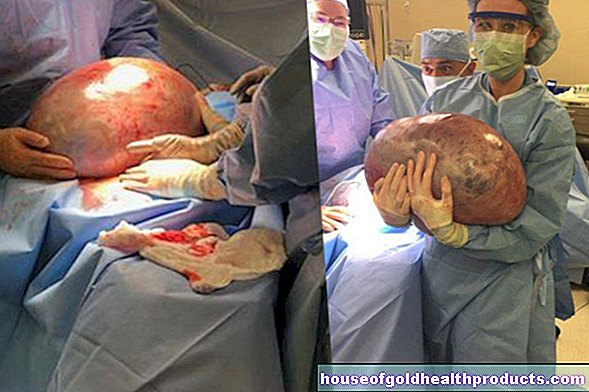
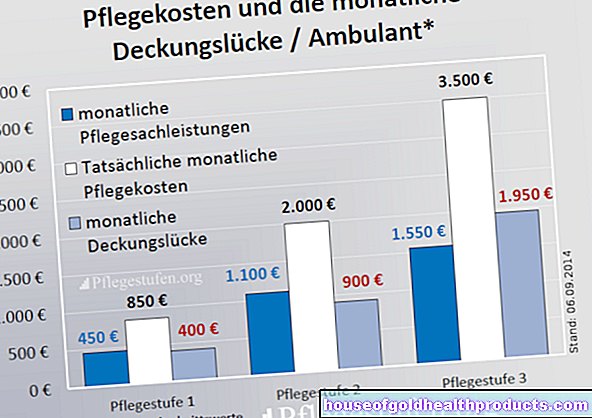
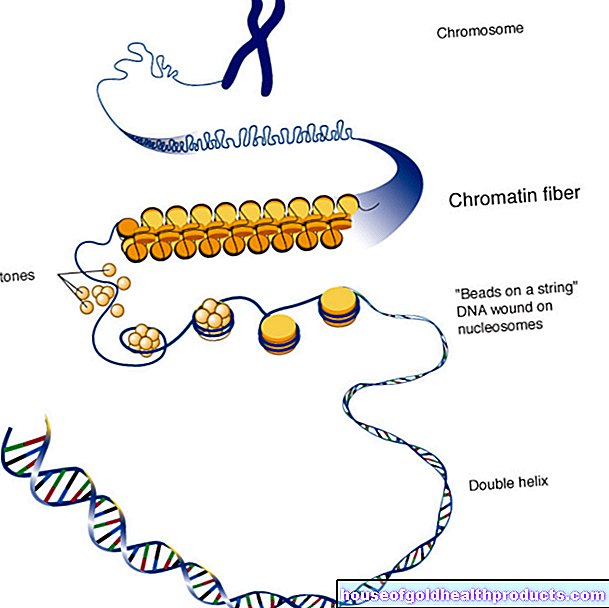
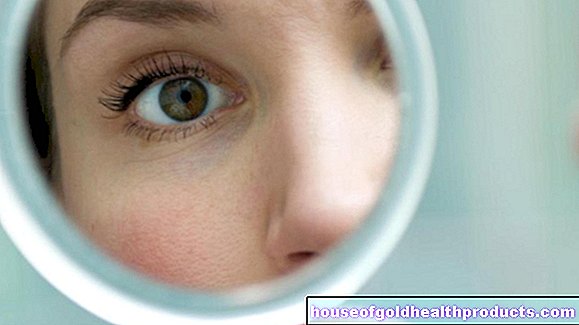


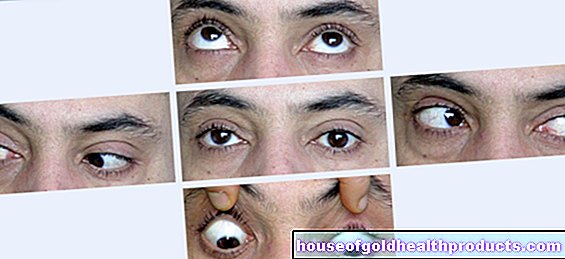



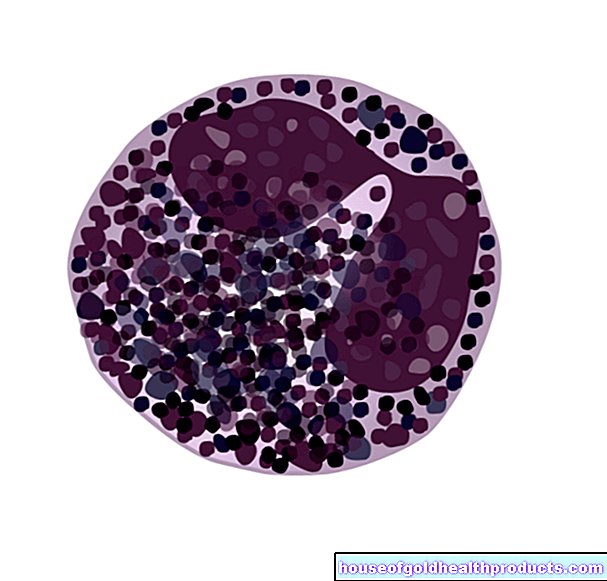


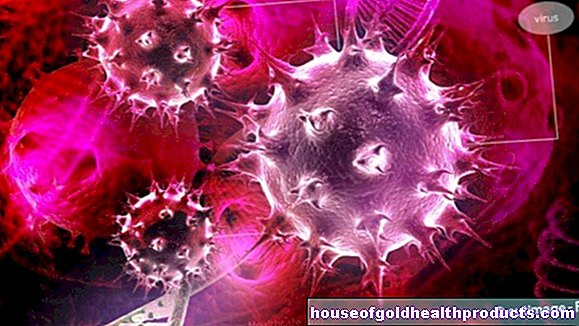

.jpg)

